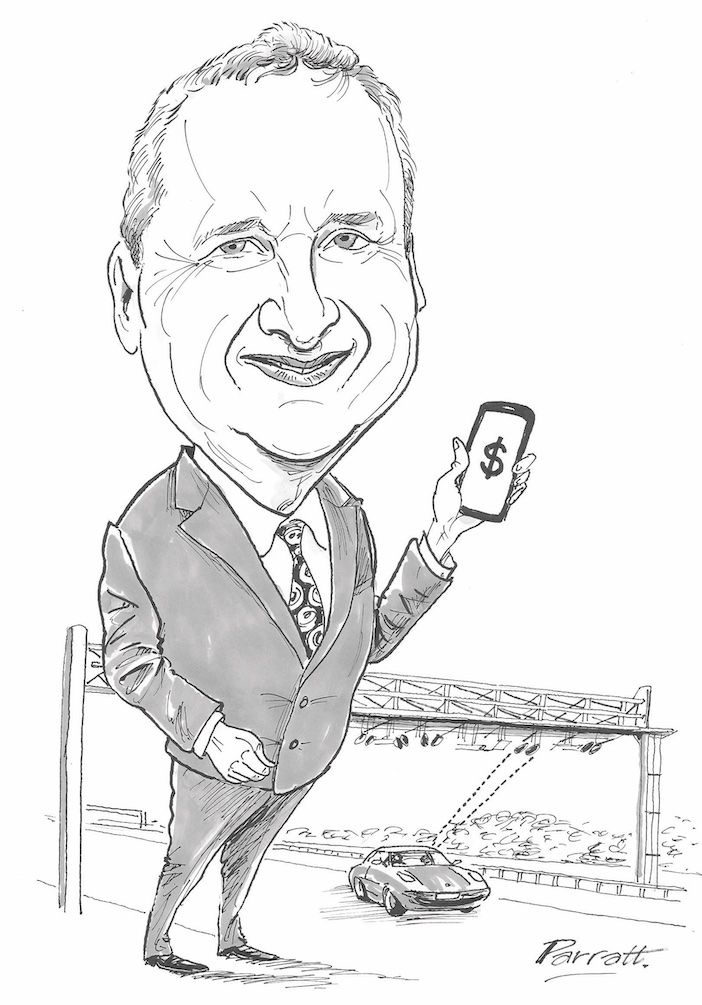JJ Eden, executive director of North Carolina Turnpike Authority and legend within the US tolling industry, muses on the rapid growth of open payment systems and why toll operators should adapt swiftly to the changing landscape.
For the past few decades, free markets worldwide have exchanged financial data payments with market infrastructure standards using ISO-based standards. In the US, most financial institutions use FedWire (a government network) and CHIPS (a private network) for mission-critical payment transfers. Over US$3tn per day is exchanged on these two networks. Worldwide, these institutions have used a 50-year-old standard based on ISO standards that allow different banks with different business systems to communicate seamlessly.

Similarly, in the US tolling market, the 1990s standards from the E-ZPass Group allow entities to settle financial transactions for travel in agencies in the United States. In the E-ZPass network, this messaging standard has allowed more than 30 agencies to provide their services using one standard to settle transactions.
However, beyond agency settlement standards in the US, toll agencies have primarily relied on closed payment card processors provided by system integrators to allow card payment solutions. While this was sufficient to get started in the payment market, it no longer meets the demands for digital non-card and real-time payments.
The emergence of open banking solutions is driving distributed banking solutions and reducing the need to interact with single-channel solutions only. With more non-card payment options and the payment integration to the phone and the vehicle, the consumer’s interaction with payments has changed. The consumer expects a seamless, open, and inclusive payment network beyond cards.
For several years, one of the largest international standards has been the ISO-15074 standard used by banks and market infrastructure groups to post bank transfers worldwide. In 2022, a new standard for payments based on ISO-20022 has continued its rollout and will allow banks to provide more information in the transfer using an open and extensible payment option for consumers.
In addition, in 2017, The Clearing House introduced a real-time payments network that in 2022 posted more than US$20bn in financial payments, with an expected annual growth of more than 30% per year. The payment industry has widely adopted these standards for specific payment methods. Because of these widely adopted standards, the payment industry can quickly adopt new offerings and enable multiple vendor solutions to provide consumers with faster and more secure payment options.
Toll agencies are working together to learn more about digital payment solutions and engaging with the payment industry market. There are different options available to bring toll agencies to customer payment methods, enabling agencies to bring the payment of tolls closer to the point of sale, reducing revenue risk to the agency and providing more convenient and less costly payment options to drivers.
“CONSUMERS EXPECT SEAMLESS, OPEN AND INCLUSIVE PAYMENT NETWORKS BEYOND CARDS”
Toll agencies are working to identify such solutions and must develop standards from the toll industry that payment service providers can use to integrate like E-ZPass did in the 1990s. As agencies evaluate new solutions beyond payment cards, they must look to adopt uniform standards to connect back-office systems with commercial payment systems that can leverage these payment networks to provide more payment options to consumers at the lowest cost to the consumer and the agency.
This article was first published in the May 2023 edition of TTi magazine





